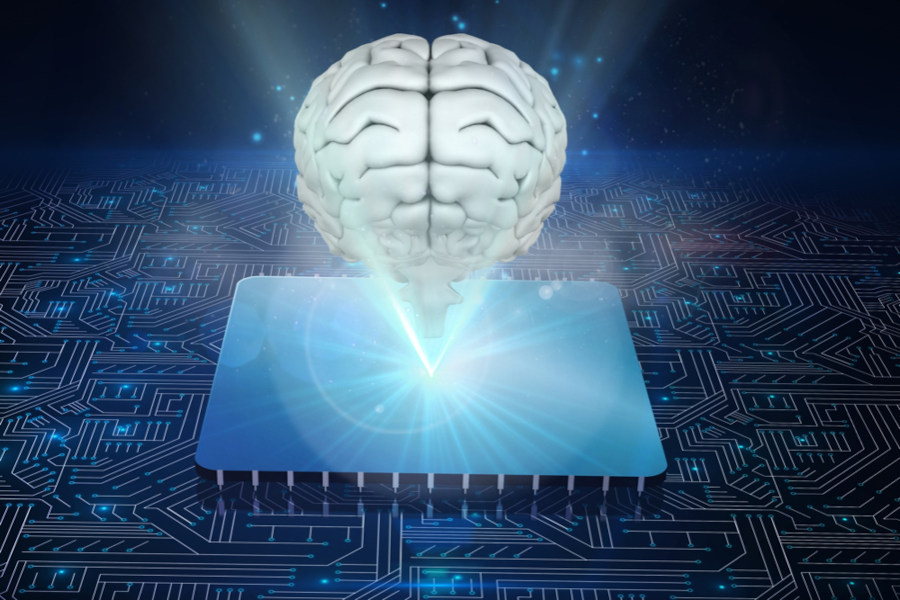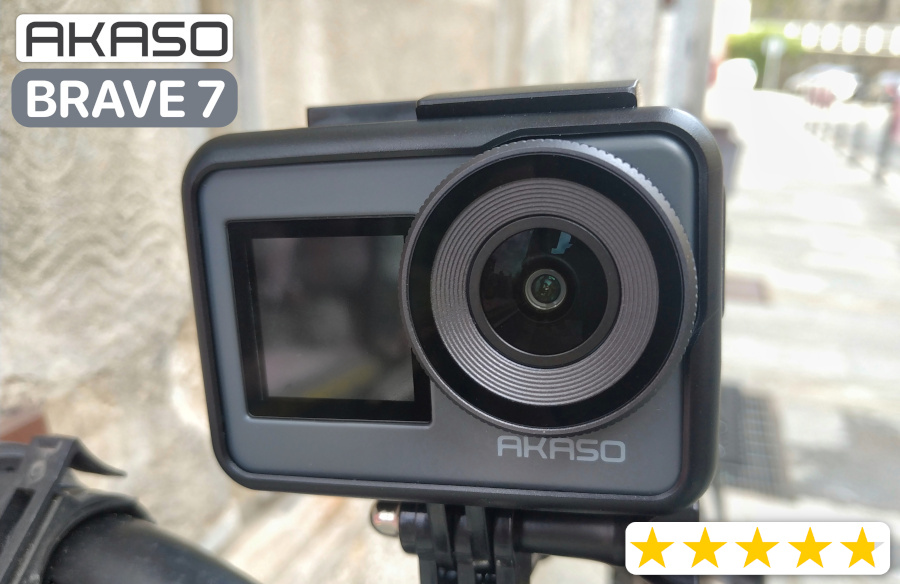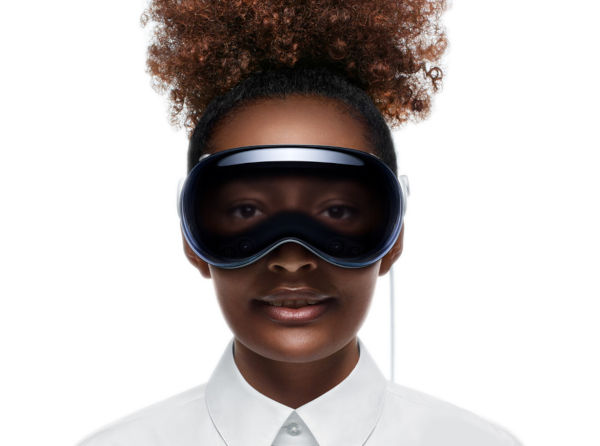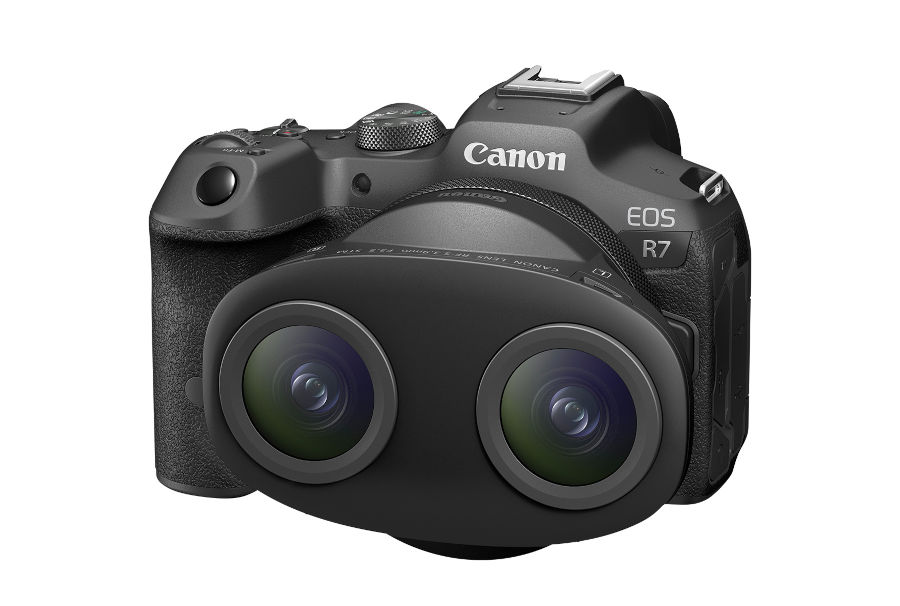
Mind-Reading AI Translates Brainwaves into Written Text
Pioneering Breakthrough Offers Hope for Speech-Impaired Individuals and Robotics Advancements
NEWS AI December 12, 2023 Reading time: ~1 minute)
Scientists have successfully utilized artificial intelligence to convert brainwave recordings into written text. The innovative system, named DeWave, employs a sensor-filled helmet to capture electrical brain activity through the scalp, with electroencephalogram (EEG) recordings then translated into text.
Chin-Teng Lin from the University of Technology Sydney (UTS) emphasizes the non-invasive, cost-effective, and portable nature of the technology. Despite an initial accuracy of approximately 40%, recent data under peer review suggests an improvement exceeding 60%, marking a significant stride in the system's reliability.
The implications of this technology are vast, ranging from aiding individuals who have lost speech, such as stroke survivors, to potential applications in robotics.
Presented at the NeurIPS conference in New Orleans, the study involved participants silently reading sentences, a departure from the prior method of reading aloud. DeWave, the AI model, was trained by observing examples where brain signals correspond to specific sentences, illustrating its ability to learn and interpret neural patterns. Charles Zhou, a team member at UTS, explains the synergy between DeWave and a large language model (LLM), similar to the one powering ChatGPT. The LLM functions as an adept writer, using DeWave's signals as a guide to formulate coherent sentences. The team refined both models jointly, enhancing their capacity to generate sentences based on EEG data.
The implications of this technology are vast, ranging from aiding individuals who have lost speech, such as stroke survivors, to potential applications in robotics. Craig Jin from the University of Sydney commends Lin's team, describing the progress as "excellent" and highlighting the substantial correctness achieved in converting EEG to text, a stark departure from earlier attempts that yielded nonsensical results.
AI artificial intelligence neuroscience EEG technology language modeling communication medical innovations Science News Technology News RSNews RSMax
*Our pages may contain affiliate links. If you buy something via one of our affiliate links, Review Space may earn a commission. Thanks for your support!
CATEGORIES

























COMMENTS